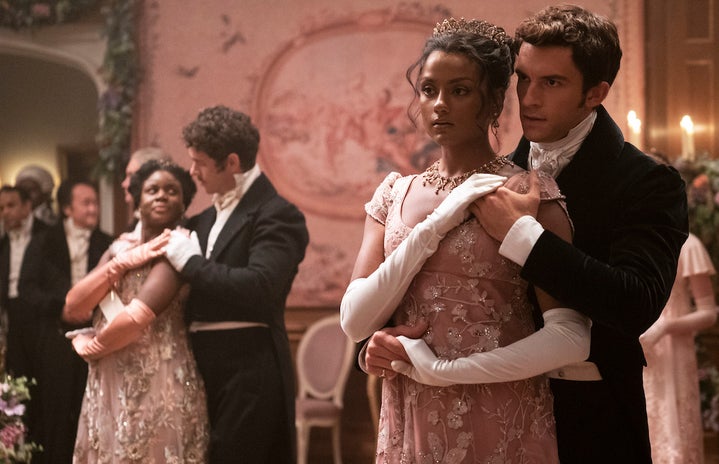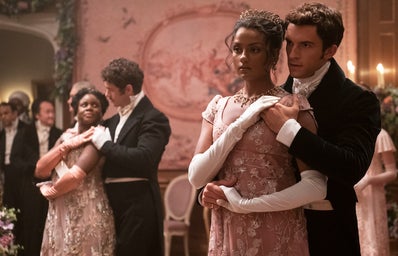One of the many things Shondaland did right in Netflix’s hit show Bridgerton was the racial diversity across the cast. The latest season gave a platform to not just one but two actresses of Indian heritage to play the main characters, one of whom was even the love interest. Seeing these beautiful ladies on screen, fitting right in with the glamour and romance, was a delight to watch. Bridgertons’ ‘desi inclusion’ is an important milestone in the media’s journey to proper representation.
But why is it important?
In her popular Ted talk, ‘The Danger of a Single Story,’ Nigerian writer Chimamanda Ngozi Adichie spoke of the impact British and American storybooks had on her as a child. So much so, that the first stories she penned at the ripe age of seven were all about blue-eyed-blonde-haired children, who drank ginger beer and played in the snow. All this, when she lived in Nigeria, never having experienced snow, or tasted ginger beer. As all the storybooks young Chimamanda read had foreigners in them, she became convinced that by their very nature, books had to have foreign characters in them and be about things she could not personally identify. Her example perfectly depicts the impressionability and vulnerability of young children in the face of a single story.
In a world full of racism, gender discrimination, stereotypes, and xenophobia; representation, or more specifically, the right representation is important. Otherwise, we see what happened with young Chimamanda, where she unconsciously internalised the message that there was no space for her in the world of literature. Such occurrences are bound to happen with a lack of representation, not only to children, but adults too, and not just regarding literature, but all horizons of life.
So, how exactly does representation help?
It provides exposure to different communities and opens the doors to see them in a different light. This not only aids in moulding public perception regarding certain groups, such as reducing negative stereotypes but also boosts the standing of the community in their own eyes. Research shows that a lack of representation harms the self-esteem of people of marginalised communities, acting as an obstacle to racial and ethnic identity development for many. Moreover, it affects their general views of their cultural or racial groups.
After all, it’s hard to be what you can’t see. Apart from providing the much-required validation, representation can also strengthen ambition. With few role models to look up to, it is difficult for minorities to aspire to pursue certain opportunities. A poor representation of women in STEM fields subconsciously affects the desire of women to take up such roles, as they internalise such careers are not for them.
This, however, is not to be confused with token representation, the technique of doing the bare minimum for the sake of ‘inclusion,’ simply to get brownie points for ‘diversity.’ Unfortunately, this practice of token representation is doing more harm than good, contributing to stereotyping and boxing.
With the platform of media being so vast, there is enough space for everyone to stand. There is no reason the media we consume should not replicate the world we live in. With huge strides being made to broaden this horizon, there is hope that in a few years shows like Bridgerton won’t be the outlier but the norm.


